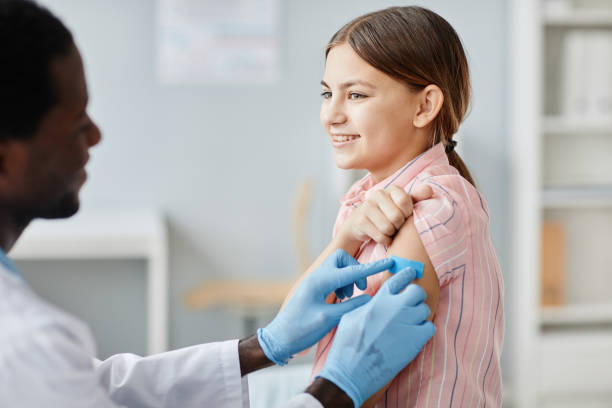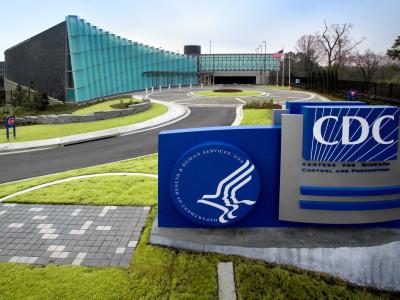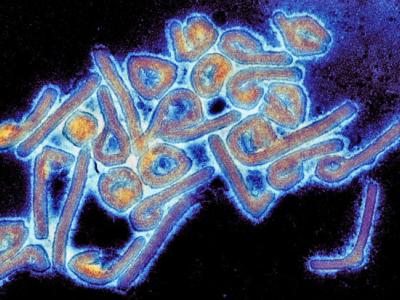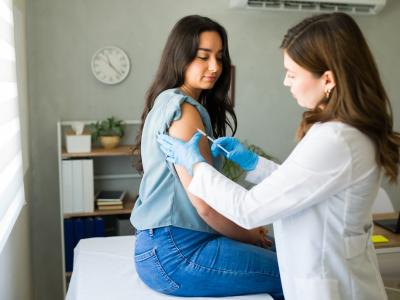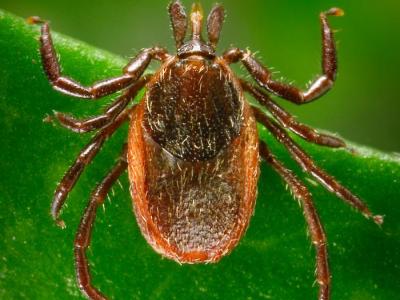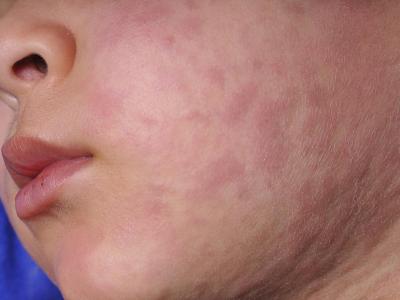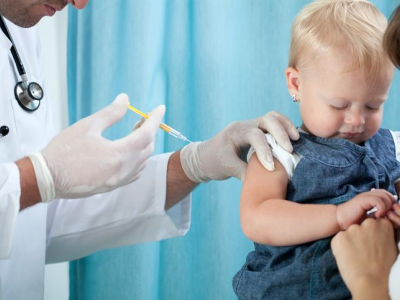The adjusted effectiveness of the updated Pfizer/BioNTech COVID-19 XBB vaccine in the 2023-24 US respiratory virus season was 68% and 63% against hospitalization or emergency department (ED) or urgent-care visits among children aged 5 to 11 years and 12 to 17 years, respectively, with an overall effectiveness for both age-groups of 65%, a Kaiser Permanente Southern California (KPSC)-led research team estimates.
The investigators conducted a test-negative case-control analysis to assess vaccine effectiveness (VE) against COVID-related hospital admission and ED or urgent care visits among children aged 5 to 11 (using a 10-microgram [μg] formulation) and 12 to 17 years (30 μg) with acute respiratory infections (ARIs) from October through April 2024 at KPSC facilities. Case-patients had tested positive for COVID-19, and controls were uninfected.
Of 15,233 healthcare visits for ARI among children ages 5 to 17 years meeting eligibility criteria, 48.2% were girls, 9.5% were Asian or Pacific Islander, 8.9% were Black, 57.5% were Hispanic, and 17.6% were White.
The research findings were published today in JAMA Network Open.
"Vaccine effectiveness of XBB messenger RNA COVID-19 vaccines against mild to severe outcomes has been shown for adults in multiple global settings," the study authors wrote. "However, data describing the effectiveness of updated COVID-19 vaccines in children are scarce."
An estimated 111,000 ED, urgent care visits averted
Of 15,233 ARI healthcare visits, 9,834 were among 5- to11-year-olds (334 hospital admissions [3.4%], 4,377 ED visits [44.5%], and 5,123 urgent care visits [52.1%]). Among 12- to 17-year-olds, there were 5,399 healthcare encounters (125 hospital admissions [2.3%], 1,953 ED visits [36.2%], and 3,321 urgent care visits [61.5%]).
A total of 336 of 9,834 5- to 11-year-olds (3.4%) and 388 of 5,399 12- to 17-year-olds (7.2%) tested positive for COVID-19. In the full cohort, 1,125 children (7.4%) received an XBB vaccine by study end; 339 of 9,834 5- to 11-year-olds (3.4%) and 264 of 5,399 12- to 17-year-olds (4.9%) received the vaccine. The median times since vaccination were 75 days and 64.5 days, respectively.
More efforts are needed to improve pediatric COVID-19 vaccine uptake.
Estimated adjusted VE among participants aged 5 to 11 and 12 to 17 years was 68% (95% confidence interval [CI], 11% to 88%) and 63% (95% CI, 20% to 83%) against COVID-19 hospitalization or ED or urgent care visits, respectively, for an overall estimated VE for both age-groups of 65% (95% CI, 36% to 81%).
No COVID-19 hospitalizations occurred among vaccine recipients. VE was generally similar for all age-groups if results were restricted only to polymerase chain reaction (PCR) tests or if antigen test results were used only to identify cases.
The US COVID-19 hospitalization rate among 5- to 17-year-olds was about 10.5 per 100,000 during the study period. "Assuming 65% vaccine effectiveness, vaccinating the roughly 54.3 million 5-to-17-year–olds in the US could have averted approximately 3,700 hospitalizations and, using the approximately 30:1 ratio of hospitalizations to ED or urgent care visits we observed in our study, roughly 111,000 ED or urgent care visits during the 2023-2024 respiratory virus season," the researchers wrote.
They noted that a low proportion of participants had received the XBB vaccine by the end of the study period, similar to California Department of Public Health estimates of 6% to 7% for this age-group and period. "More efforts are needed to improve pediatric COVID-19 vaccine uptake," they concluded.
